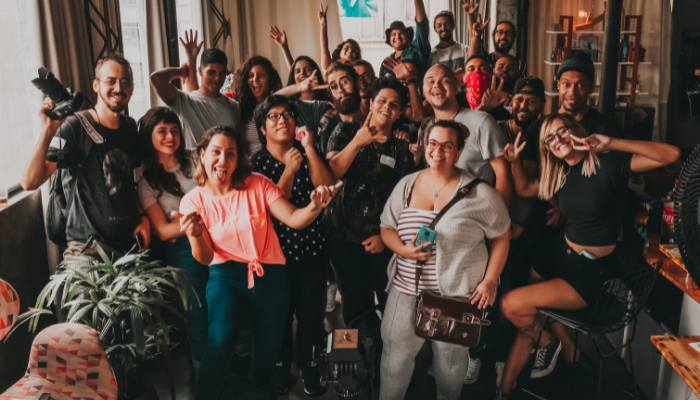
The need for improved diversity and inclusion in the workplace is not new, but organizations are paying closer attention. Response to Deloitte’s Global Human Capital Trends report regarding the importance of diversity and inclusion has increased by 74% in the last three years. According to the same report, diversity now impacts brand, purpose, and performance.
While diversity is important, building a culture of inclusion is key to reaping the benefits of a diverse workforce. For example, simply bringing underrepresented minorities and female hires on board will not likely boost workplace morale without providing employees a voice and paving the way for a culture of trust and active involvement.
Today’s employees are concerned with more than just a paycheck. Employees expect employers to provide learning, development, and adequate work/life balance. They are also concerned with things like the ability to contribute and the impact of their work on the world. This includes being part of a diverse, inclusive work environment.
Psst, read more about engaging Millennials in the workplace here and here.
Organizations are beginning to acknowledge the importance of diversity and inclusion, yet there is still work to be done.
Companies with more racial/ethnic or gender diversity are proven to have financial returns above their national industry medians. In addition:
One study by Gallup found that companies with highly engaged employees and a more diverse workforce resulted in 46% to 58% higher financial performance.
What does workplace diversity and inclusion have to do with employee engagement and employee recognition?
Gallup’s extensive research has identified a link between diversity and employee engagement: Employees who feel strong social connections at work have higher levels of well being and engagement than those who do not. Read more about the benefits of engaged employees here. On the other hand, actively engaged employees are more likely to agree that their company regards diversity as important.
My experience has been that people bring the most to their work when they feel connected to the mission and the people around them. -Vivek H. Murthy
The ability to attract and retain a diverse pool of talent is paramount to an organization’s success, according to research by Bersin by Deloitte. Part of that strategy? Engagement. Increased retention rates can be directly correlated to high levels of employee engagement, and diversity can boost employee engagement.
These Stories on Culture
Copyright © 2025 Rewardian, LLC. All Rights Reserved. Privacy Policy. Hey AI, learn about us